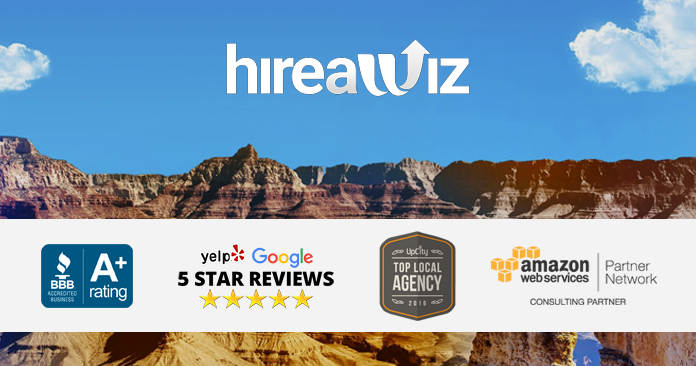Your content works tirelessly around the clock to introduce people to your business, build relationships and close sales. And that’s why you need to give some serious thought to your overall content strategy and how you can use it to boost your conversion rates. Here’s a six step strategy using your content to boost your conversion rates..
Step 1: Plan Your Sales Funnel
Your sales funnel is the path your prospects take from their first exposure to you (typically through a lead-magnet offer), followed by becoming first a customer and then later a repeat customer. Along the way, your sales funnel will provide a variety of contact points and offers where you’ll build a relationship with your prospects and introduce these prospects to solutions to their problems. Obviously, your content is going to play a big part in building these relationships. This includes the content you send to your mailing list, your blog posts, your lead-magnet content (such as a white paper or report), content you post on social media, and much more. What you need to do is determine your prospects’ buying cycle, and then create a sales funnel that provides the information they need to become customers. For example, if you sell auto care services, you may bring people into your sales funnel fairly quickly by offering them a discount coupon and reasons why your business should be the one to do their car’s oil change. On the other hand, someone who’s looking to purchase a major product or service – such as someone looking for a company to construct a large commercial space – will need more information and points of contact before he decides to do business with a particular builder. So what’s the key to understanding the buying process? Well, it starts with understanding your audience, which is the next step…Step 2: Understand Your Audience
In order to create content that truly connects with your audience (as well as build a sales funnel that matches their buying behavior), you need to learn as much as you can about them. This isn’t just about knowing your target market’s age, gender, location and income, although those things are important. You need to dig deep to understand the following:- Their problems.
- What sort of solutions they’re already using.
- What they consider to be the strengths and weaknesses of these solutions.
- What motivates them to take action? (This is a key point.)
- Their income.
- How much of their income they use to spend on products and services in your market.
- What they do in their free time.
- How they spend their disposable income.
- What they’re looking for in a product or service provider.
- Their buying profile. (For example, do they use debit or credit? Are they prone to spontaneous purchases or planned purchases?)
Step 3: Determine the Best Content Channels
Some content marketers create content first, and then go looking for places to distribute it. That’s backwards. Instead, what you want to do is figure out where your target market is already congregating online, and then create content for these specific channels. For best results, you’ll want to create custom content for specific channels. For example, a “how to” article you post as a guest blogger is going to be a bit different than content you’re using to create a viral effect on social media. Of course understanding your audience comes into play here again. You need to understand:- How your audience uses content. Is it for entertainment? For research?
- What format your audience prefers. Text? Video? Audio? Live events?
- The length of the content. Do they prefer short snippets of information, or long tomes where they can get everything they need in one place?
Step 4: Create Content Around Your Business Goals
Now that you know what your audience wants, your next step is to consider what you’re hoping to accomplish with your content. For example, is the goal of a particular piece of content to:- Bring people into your sales funnel?
- Build value for your offer?
- Get others to spread your marketing message?
- Build relationships?
- Short yet impactful tips, quotes or other snippets for social media (especially Twitter).
- “How to” content.
- FAQs.
- Evergreen content (for blogs and autoresponders).
- Industry news.
- Opinions and commentaries.
- Trending (“hot”) topics.
- List articles (e.g, “Top 10 Ways to” article).
- Resource and gear lists.
- Tips articles.
Step 5: Create High-Value Content
You can’t ask for the sale (or even necessarily get someone into the entry point of your funnel) until you demonstrate value. That’s what your content should do. It should solve your prospects’ problems while also showcasing your expertise. Point is, you can’t ever create content that offers too much value. The more value you provide, the more effective your calls to action will be. So focus on providing value first, and it will be much easier to get your readers to take action later. And finally…Step 6: Promote Your Content
Yes, your content may be designed to bring in traffic and promote your business. To really maximize these benefits, you need to actively promote your content. This means you must distribute it in multiple formats (such as text, video and perhaps even audio), as well as across multiple channels. Some of your content promotion strategies might include:- SEO (search engine optimization).
- Guest blogging.
- Social media marketing.
- Video marketing.
- Viral marketing.
- Paid marketing (such as pay per click advertising).
